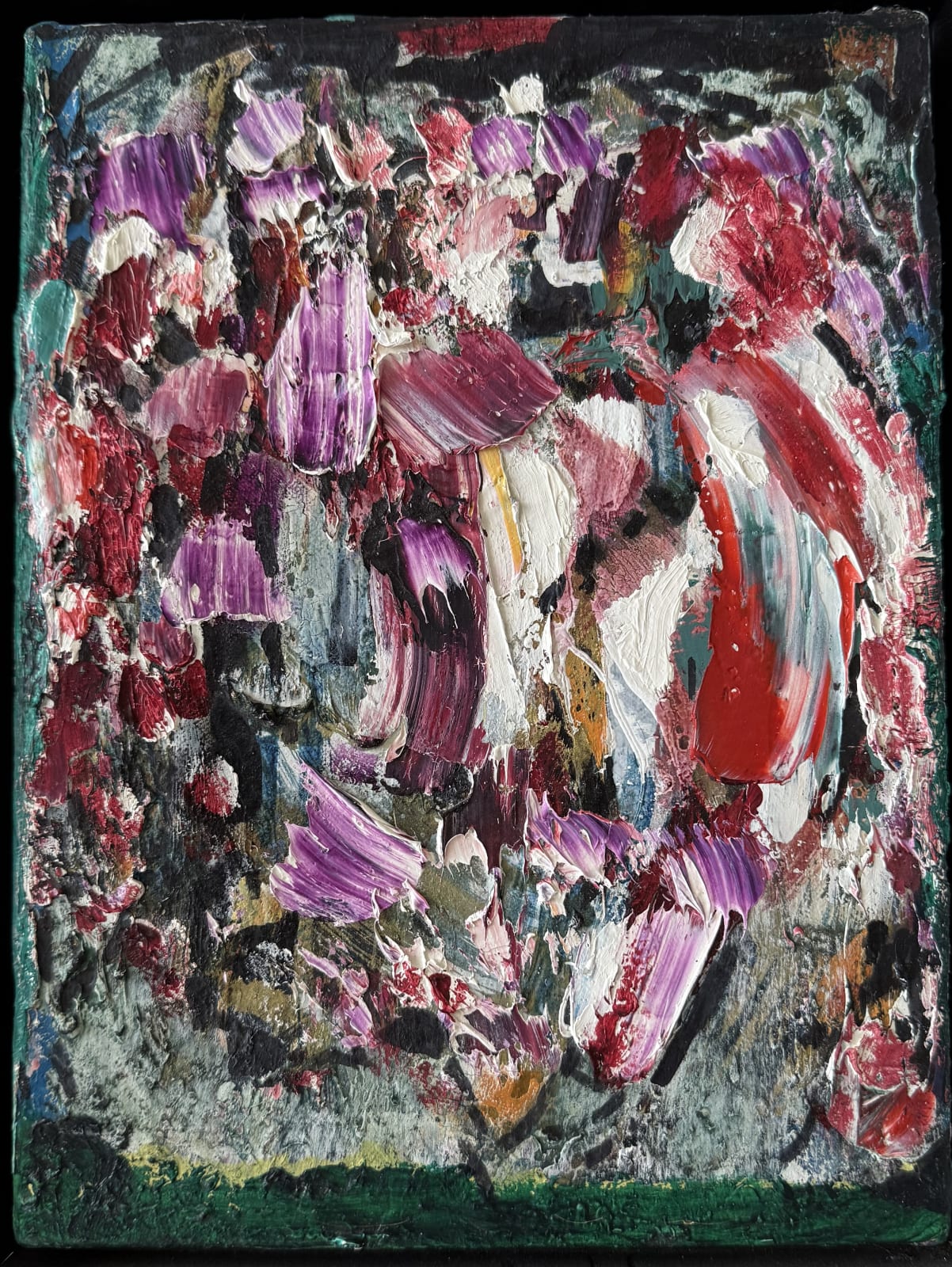
Marcelle Ferron
Composition sur fond vert, 1954
Oil on canvas
31 x 23 cm

This website uses cookies
This site uses cookies to help make it more useful to you. Please contact us to find out more about our Cookie Policy.